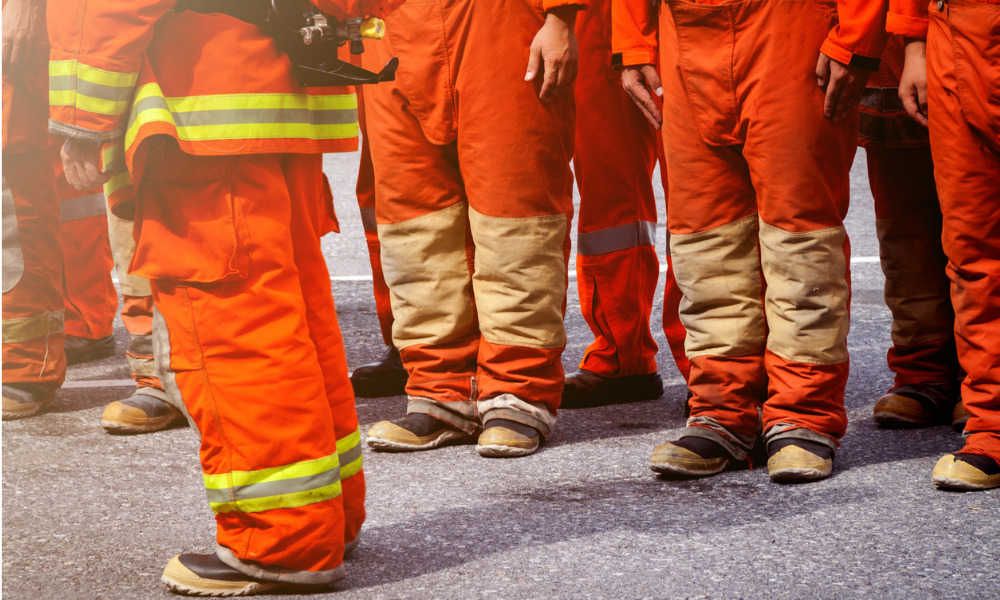Manufacturers now have the information to 'find a solution to this problem'

Firefighting is a dangerous job.
In fact, six in 10 firefighters felt their lives were at risk while engaged in the line of duty, according to a previous report.
Aside from facing fire, a high-performance fabric commonly used in firefighting and other protective garments weakens prematurely when it’s exposed to moisture.
“As the garment weakens over time, there’s no way to know whether the wearer is still protected or not,” said Saiful Hoque, a researcher in the Faculty of Agricultural, Life & Environmental Sciences at the University of Alberta.
This was a mystery, and researchers have now solved the puzzle.
The fabric weakens because of the high sulphur content in some of the fibres, which leads to an accelerated loss in fabric strength when exposed to moisture, according to a recent report funded by the Natural Sciences and Engineering Research Council of Canada.
“The study provides an insight into the effect of a generally ignored hazard, that is, moisture, on the long-term performance of fire-protective fabrics,” said et al.
The researchers exposed eight fire-protective fabrics corresponding to typical blends used in firefighter protective suit outer shells to accelerated hydrothermal aging. They immersed the fabrics in water at different temperatures between 60 and 95°C for up to 1,200 hours.
After exposure, some fabrics exhibited a significant loss in tensile strength without any morphological changes.
“Based on results from energy-dispersive X-ray spectroscopy and pH measurements of the aging water,
By measuring the aging of the water, researchers concluded that the larger loss in strength experienced by the fibre-based fabrics can be related to the high amount of sulphur measured in the fibres, “contributing to an acceleration of the para-aramid fibre's hydrolysis in acidic conditions,” said Hoque, et. al, in their Hydrothermal aging of fire-protective fabrics report.
Hydrothermal aging also appears to cause degradation of the water-repellent finish in some of the fabrics, according to the report.
“Now we know the root cause, and this gives information to the manufacturers to find a solution to this problem,” said Hoque, et. al.
In January, two firefighters were injured while responding to a two-alarm fire at a small apartment building at 190 St-André St. in Gatineau in Quebec.





